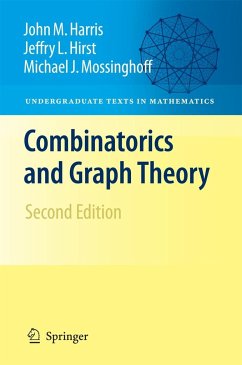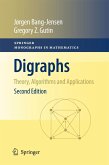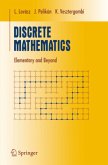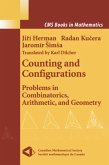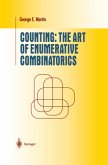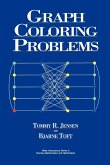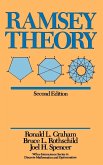There are certain rules that one must abide by in order to create a successful sequel. - Randy Meeks, from the trailer to Scream 2 While we may not follow the precise rules that Mr. Meeks had in mind for s- cessful sequels, we have made a number of changes to the text in this second edition. In the new edition, we continue to introduce new topics with concrete - amples, we provide complete proofs of almost every result, and we preserve the book'sfriendlystyle andlivelypresentation,interspersingthetextwith occasional jokes and quotations. The rst two chapters, on graph theory and combinatorics, remain largely independent, and may be covered in either order. Chapter 3, on in nite combinatorics and graphs, may also be studied independently, although many readers will want to investigate trees, matchings, and Ramsey theory for nite sets before exploring these topics for in nite sets in the third chapter. Like the rst edition, this text is aimed at upper-division undergraduate students in mathematics, though others will nd much of interest as well. It assumes only familiarity with basic proof techniques, and some experience with matrices and in nite series. The second edition offersmany additionaltopics for use in the classroom or for independentstudy. Chapter 1 includesa new sectioncoveringdistance andrelated notions in graphs, following an expanded introductory section. This new section also introduces the adjacency matrix of a graph, and describes its connection to important features of the graph.
From the reviews:
"The narrative and proofs are well written, and the authors are given to frequent uses of humor. Students should find this book as easy to read as any other good-quality text written with them in mind. Each of the three chapters concludes with several paragraphs describing an excellent selection of more advanced texts or papers to consider for further study" -- SIAM REVIEW
From the reviews of the second edition:
"Any undergraduate work in combinatorics or graph theory, whether a course or independent study, would likely be well served by this textbook ... . The authors offer a wide selection of topics, often in more depth than other undergraduate texts, in an engaging and clear style. ... Each chapter concludes with extensive notes on further reading." (Brian Hopkins, Mathematical Reviews, Issue 2010 b)
"Combinatorics and Graph Theory is a popular pair of topics to choose for an undergraduate course. ... The book is written in a reader-friendly style and there are enough exercises. ... It is certainly good that someone took the effort to write ... in a form that is appropriate for undergraduates. ... the book will most often be used for a reading class by a student who already has a background in combinatorics and who wants to learn about the set theoretical aspect of it." (Miklós Bóna, SIGACT News, Vol. 40 (3), 2009)
"This undergraduate textbook contains three chapters: Graph Theory, Combinatorics and Infinite Combinatorics and Graphs. ... There is a short section on References in each chapter introducing briefly other books dealing with the topics covered in the respective chapter. A full list of 293 references, about 550 exercises and an index with 13 pages are also provided." (Dalibor Froncek, Zentralblatt MATH, Vol. 1170, 2009)
"The narrative and proofs are well written, and the authors are given to frequent uses of humor. Students should find this book as easy to read as any other good-quality text written with them in mind. Each of the three chapters concludes with several paragraphs describing an excellent selection of more advanced texts or papers to consider for further study" -- SIAM REVIEW
From the reviews of the second edition:
"Any undergraduate work in combinatorics or graph theory, whether a course or independent study, would likely be well served by this textbook ... . The authors offer a wide selection of topics, often in more depth than other undergraduate texts, in an engaging and clear style. ... Each chapter concludes with extensive notes on further reading." (Brian Hopkins, Mathematical Reviews, Issue 2010 b)
"Combinatorics and Graph Theory is a popular pair of topics to choose for an undergraduate course. ... The book is written in a reader-friendly style and there are enough exercises. ... It is certainly good that someone took the effort to write ... in a form that is appropriate for undergraduates. ... the book will most often be used for a reading class by a student who already has a background in combinatorics and who wants to learn about the set theoretical aspect of it." (Miklós Bóna, SIGACT News, Vol. 40 (3), 2009)
"This undergraduate textbook contains three chapters: Graph Theory, Combinatorics and Infinite Combinatorics and Graphs. ... There is a short section on References in each chapter introducing briefly other books dealing with the topics covered in the respective chapter. A full list of 293 references, about 550 exercises and an index with 13 pages are also provided." (Dalibor Froncek, Zentralblatt MATH, Vol. 1170, 2009)

